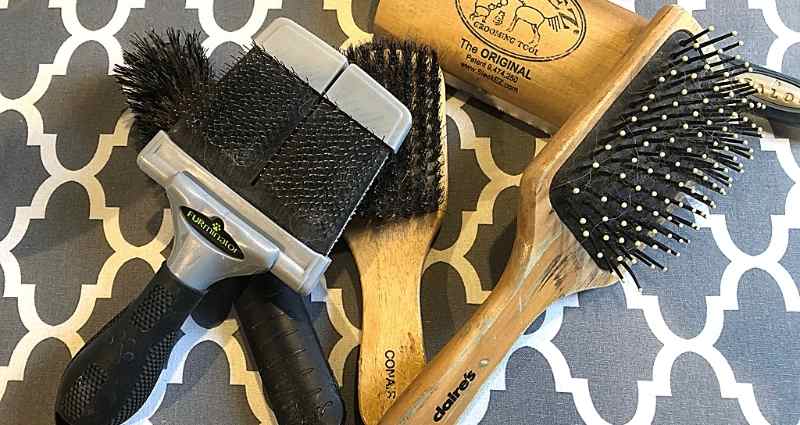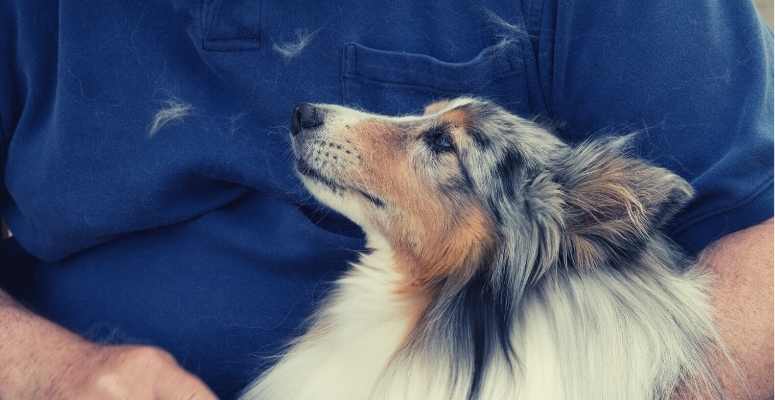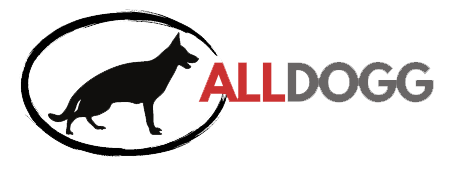
Why Do You Need To Know How To Clean A Dog Brush?
Table of Contents
Whether you own a Boxer dog with short, sticky hair, a beautiful, hairy Sheltie or a “German Shedder”, brush grooming is a must. But, how do you know how to clean a dog brush the right way? And why? Do you really need to?
Boxers are a short-haired breed, but if you’ve ever had one, you know that those short, straight hairs stick into everything! They are not easily removed even with a sticky roller, a vaccume, or fabric brush. It takes some work. So…frequently brushing and grooming your dog is essential – even if they have short hair.
So, What If My Dog Brush Is Dirty?
Because our dogs naturally get into things,(think snuffling around under the bushes when you’re walking, or rolling on their backs in the grass during deer season…you get the idea) cleaning is essential. When we brush our dogs, it removes a lot of dirt, oil, foreign particles of whatever, loose hair and a lot of dander.
Depending upon the type of brush you use, what gets in there, stays in there. It is important to keep your dog grooming tools clean, both to keep them looking good, and to keep them healthy.
If brushes are not cleaned and disinfected, dirt, dander (which includes old skin cells), oils and germs can make their way back into your dog’s coat back onto your dog during the next brush.
How To Clean A Dog Brush
What You Will Need:
- A comb or pic to get the hair out of the brush prior to washing
- A sink or bucket to soak the brushes and combs
- Water and a cleaning solution, i.e., antibacterial Soap (Dawn is good), pet shampoo or vinegar
- A disinfecting solution or bleach
- Towel
- Hair dryer (optional)
Washing Instructions:
- Use a comb (save an old one for use just on the dog brushes) or a hair pic to remove as much hair as possible from the brush.
Fill a bucket or your sink with enough hot water to cover the brush. Add 1-2 tablespoons of antibacterial soap, pet shampoo, or vinegar. White vinegar works for washing, but the suds in the soap and shampoo really help to lift out the dirt and oils.
- Let the brush soak for 15-30 minutes
- If you have more than one brush, you can rub them together to clean each other. If not, you can just use your hands (rubber gloves will help here) to thoroughly wash the bristles and the handles, swishing them in the water a couple of times and repeating until clean.
- Rinse thoroughly with warm water
(Note: If you use pet grooming gloves to groom your pet, just make a solution of cleaner, don the gloves and rub your hands together to get them clean!)
If You Choose To Disinfect
Not everyone needs to do this step, but if your dog is prone to ticks, loves rolling in the grass or where deer have been hanging out, or if your dog is prone to ‘hot spots’, dry skin or infections, it’s a good idea.
Disinfecting your dog grooming tools is simple. Simply immerse the brush in the mixture for a few minutes and then rinse thoroughly. There are a couple of products you can use:
- A mixture of white vinegar and water. White vinegar is a mild disinfectant and will remove all traces of soap and oil left on the brush.
- Clorox can also be used. Just add a small amount of it to the water and soak for a few moments and rinse.
- Disinfectant sprays. You can use Barbicide (just like your stylist uses for combs), Lysol, or a products like Sani-Pet
Lay the wet brushes bristle side down so that all the water drains out. You can use a hair dryer (optional) to dry them as well, especially if it has a rubber base under the bristles where water can get trapped.

How Often Should You Wash Your Dog Grooming Tools?
The frequency of cleaning really depends on your dog. If he/she has skin conditions, spends a lot of time outside in the woods or roaming around in the brush, once a week (or whenever you bathe him/her or whenever it is necessary) would probably work.
Keep an eye on your grooming tools to make sure the bristles are in good order. If it has bristles falling out, or they look degraded in some way, swap it out with a new one.

